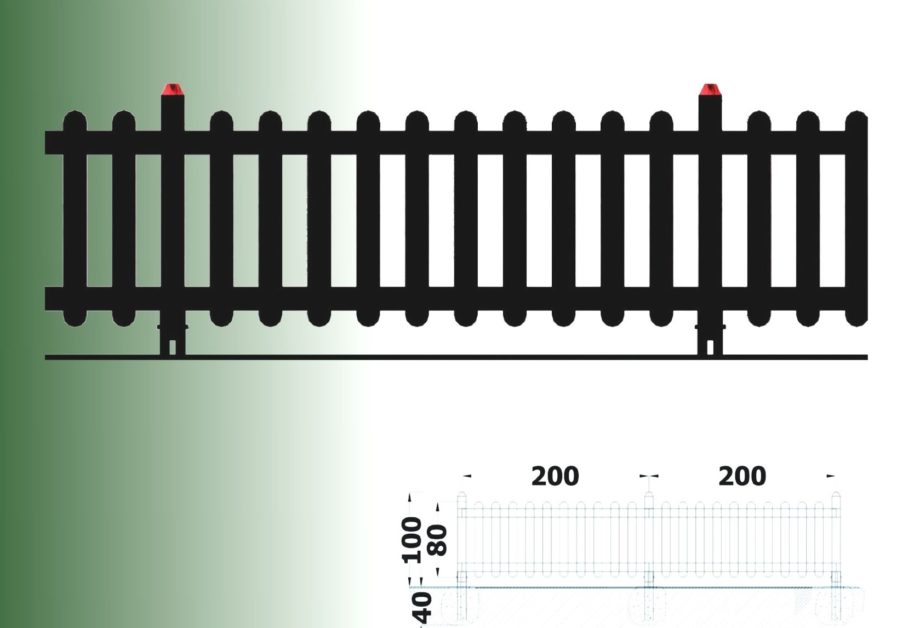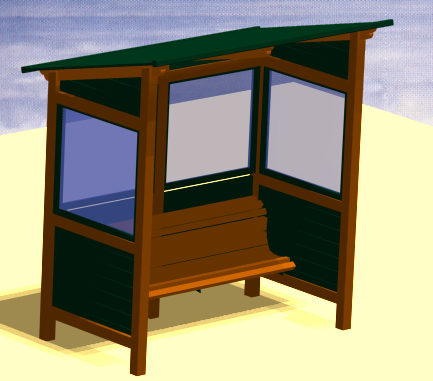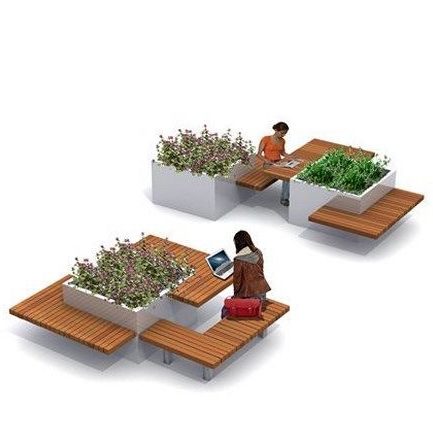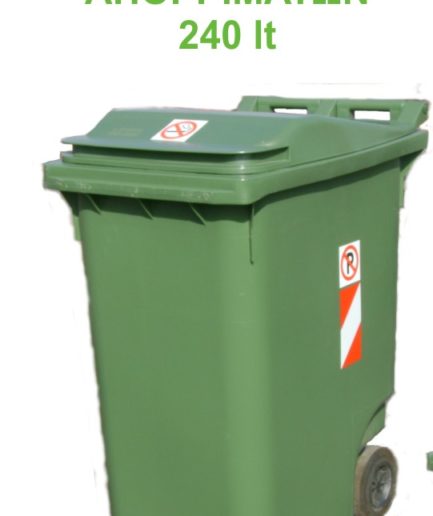FENCE 0020-356
0020-356
Each section of the fence consists of two wooden columns 9×9 cm in height and 100 cm high at the top of the fence to cut the wood to form a square 4.5×4.5 cm.
The columns have holes to fit two 4,5x10x200 cm woods.
These woods are placed at 74 cm and 15.5 cm distances from the base of the columns.
On horizontal woods are applied using 4×60 chipboard and glue, 2×9 cm cross section and 80 cm high with two edges formed by a braid. These are nailed to leave a 9.2 cm gap.
BACKPACK BASES
For fixing the instrument to the ground, each pair has a pair of mounting bases.
The mounting brackets consist of two galvanized metal plates and then painted with electrostatic paint, “P” shaped and approximately 100x12x4 cm thick and 0.5cm thick, which “hug” the column and are joined by 5/8 bypass screws. ″ X15.
At the bottom there is a metal flange to hold them in the concrete pit.
Only grounding irons, which hold the column at least 5 cm above the ground, are prevented to the ground in order to prevent the wood from being corroded by soil moisture.
TIMBER
The wood used is composite non-stick Swedish pine timber, in accordance with EN 351. It is manufactured with special compound (welding of wood) in different sections depending on the intended use.
COMPOSITE wood is 40% stronger than whole wood. It has a strength of 360 kp / m2 and a specific weight of about 480 kg / m3.
It contains about 15% moisture
Contains minimal juices (resin) compared to other pine family trees in other countries (weather in northern Sweden up to -25 ° C)
It has a thermal conductivity of s = 0.10 Kcal / Mho and sound insulation 3.5 times greater than concrete or bricks of equal thickness.
It has antimagnetic properties and is a poor conductor of electricity
It is resistant to fire and is classified in categories F30 and F60 (by DIN 4120) according to its cross section.
When the outer part of the cross-section burns, its interior protects and retains its durability.
It is processed just like commercial wood
It retains its shape and distorts or creates minimal fractures
Annual wood rings are usually perpendicular to the long side of the cross-section with a significant increase in the mechanical strength of this surface when applied to floors.
All corners of the wood are planed with a radius of about 5 mm.
MINERALS
The metallic elements used in the manufacture of the equipment (screws, connectors, etc.) are made of metals either thermo-galvanized or electro-galvanized, where the surface preparation has been preceded by sandblasting or stainless steel. The dimensions and cross-sections of the metallic elements are sufficient to accommodate (with an appropriate safety factor) the loads for which they have been designed to withstand corrosion and adverse weather conditions.
PAINTS
For their anticorrosive protection, the metal parts are processed to release them, followed by a coating of polyzinc (zinc) and then electrostatic, two-layer polyester powder coating.
All production work processes for the processing of raw materials are carried out according to:
The ISO 9001: 2015 quality system
The ISO 14001: 2015 Environmental Management System






